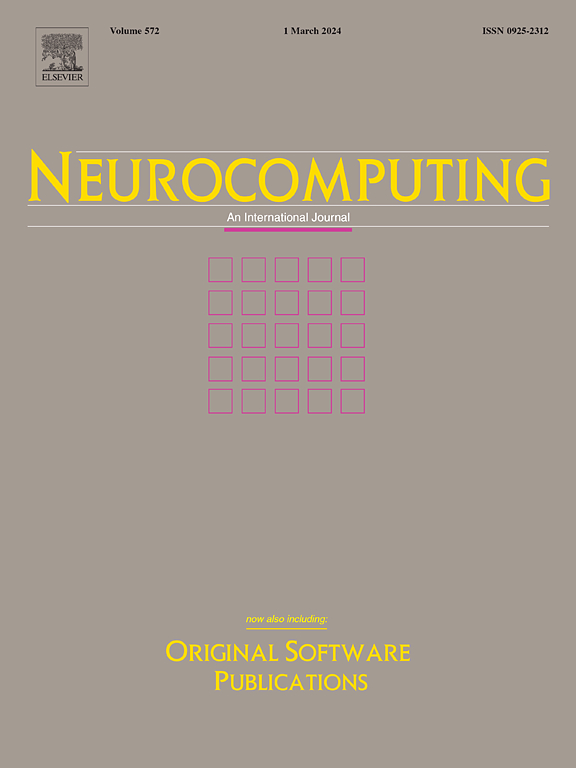A multimodal traffic scene understanding model integrated with optical flow maps
IF 5.5
2区 计算机科学
Q1 COMPUTER SCIENCE, ARTIFICIAL INTELLIGENCE
引用次数: 0
Abstract
Autonomous driving technology has rapidly developed in recent years, promising wide-ranging applications in the transportation industry. However, the decision-making processes of autonomous driving systems are nontransparent and nonexplainable, hindering the broader adoption and industrial deployment of this technology. To overcome these challenges, this article proposes an end-to-end traffic scene understanding model (TSUM) integrated with various proven performance enhancement techniques derived from research on multimodal large models. First, features from Farneback optical flow maps and raw scene videos are simultaneously extracted using a shared-parameter network, which effectively captures the temporal dynamics of traffic scenes. By incorporating scene perception and causal analysis at the task layer, an adaptive task complexity progression strategy is designed, which reduces the task complexity. Finally, we establish a guiding library with a diverse array of guiding phrases to enhance the generalization capabilities of the TSUM. The model is experimentally validated on the publicly available Berkeley Deep Drive-X dataset. Comparison studies confirmed that the TSUM outperforms state-of-the-art methods across multiple evaluation metrics.
基于光学流图的多模式交通场景理解模型
自动驾驶技术近年来发展迅速,在交通运输行业有着广泛的应用前景。然而,自动驾驶系统的决策过程是不透明和不可解释的,阻碍了这项技术的广泛采用和工业部署。为了克服这些挑战,本文提出了一种端到端交通场景理解模型(TSUM),该模型集成了来自多模式大型模型研究的各种成熟的性能增强技术。首先,利用共享参数网络同时提取Farneback光流图和原始场景视频的特征,有效捕捉交通场景的时间动态;通过在任务层结合场景感知和因果分析,设计了自适应任务复杂度递进策略,降低了任务复杂度。最后,我们建立了一个包含多种引导短语的引导库,以提高TSUM的泛化能力。该模型在公开可用的Berkeley Deep Drive-X数据集上进行了实验验证。比较研究证实,TSUM在多个评估指标上优于最先进的方法。
本文章由计算机程序翻译,如有差异,请以英文原文为准。
求助全文
约1分钟内获得全文
求助全文
来源期刊

Neurocomputing
工程技术-计算机:人工智能
CiteScore
13.10
自引率
10.00%
发文量
1382
审稿时长
70 days
期刊介绍:
Neurocomputing publishes articles describing recent fundamental contributions in the field of neurocomputing. Neurocomputing theory, practice and applications are the essential topics being covered.
 求助内容:
求助内容: 应助结果提醒方式:
应助结果提醒方式:


